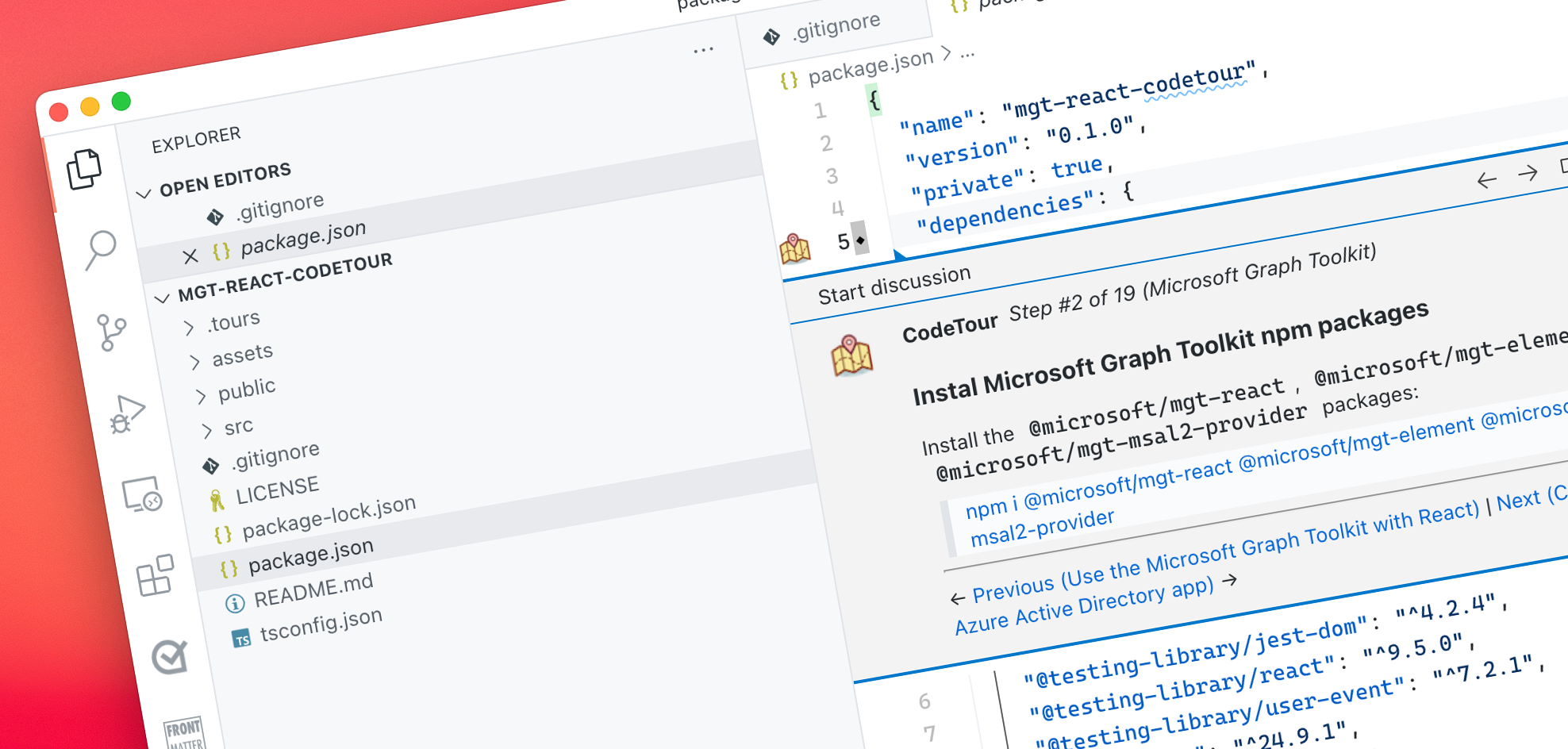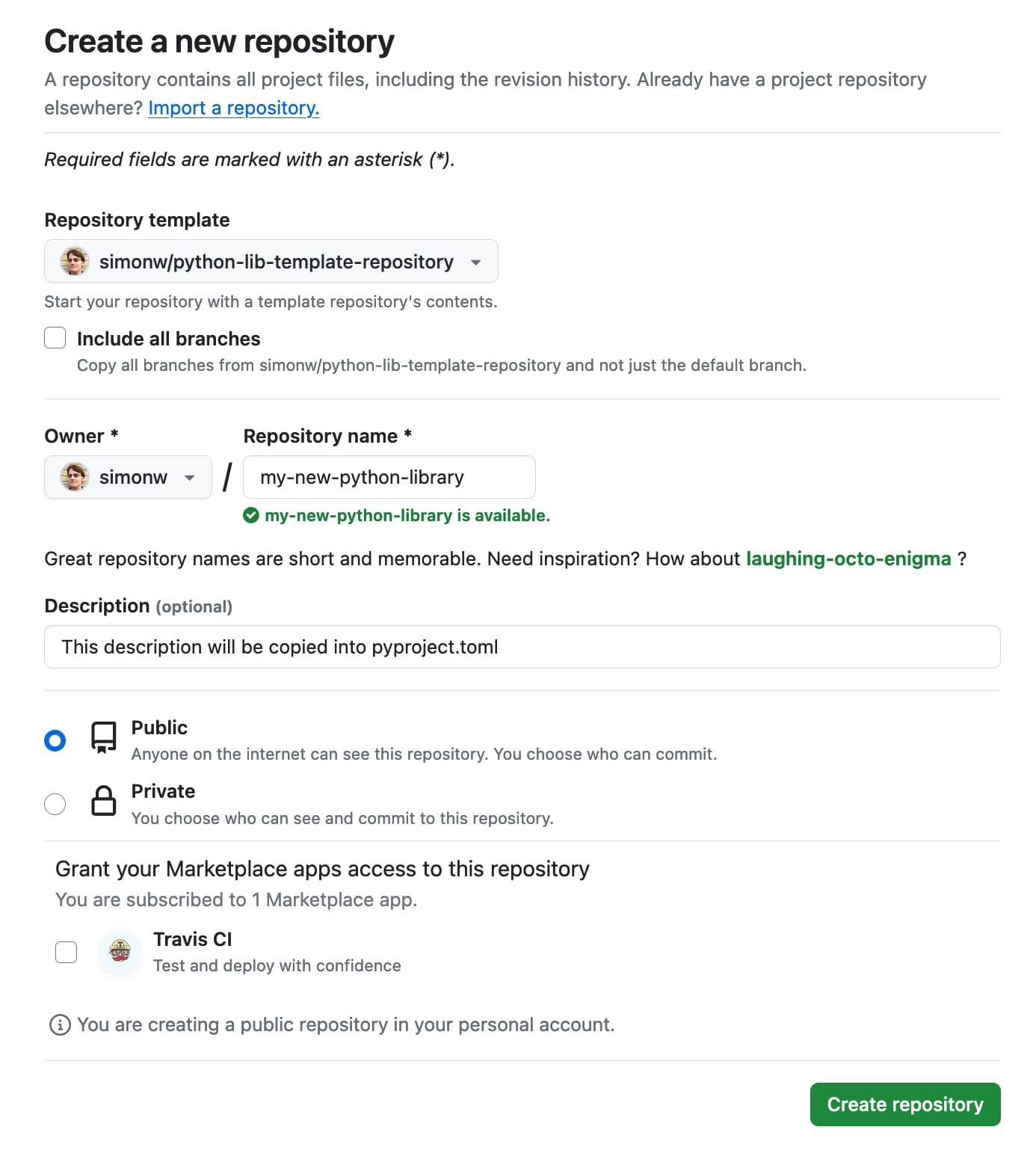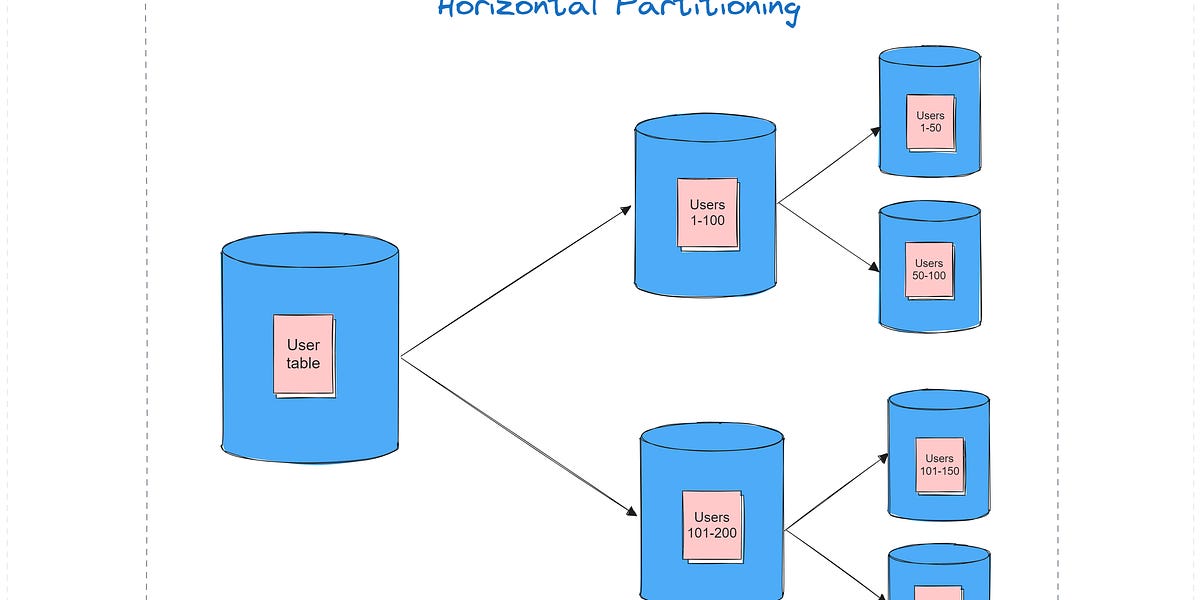Cross-Toolkit Software
Developing cross-platform software is easy: use cross-platform libraries, and you're set! When GUIs are involved, however, things get a little trickier. Different platforms tend to have different ways of doing things, GUI-wise. There are libraries that attempt to abstract away these differences to allow developers to build "write once, deploy everywhere" GUI-enabled applications (Qt, wxWidgets, GTK+, etc.), but they always seem to fall short when it comes to the "nativeness" of the look and feel, especially for Mac OS X. To have a cross-platform GUI-enabled application that looks and feels native on all platforms, one obvious solution is to have a cross-toolkit design.
By "cross-toolkit", I mean an application that uses more than one toolkit for the different platforms it supports. For example, my own applications use two toolkits: Cocoa (through PyObjC) under Mac OS X, and Qt (through PyQt) under Windows.
But going cross-toolkit, although it gives your software nativeness, brings its own share of problems. When you create a cross-toolkit software, you have to decide what code belongs to the core, and what code belongs to the toolkit-specific code. If you put too much code in the core, you end up re-writing your own little toolkit wrapper. Then, you realize you abstracted away too much when a platform's specificity forces you to either hack around your core design or rethink that design. If you don't give your core enough responsibilities, you end up with logic duplication among your different toolkit-specific codebases.






/image%2F6283631%2F20210518%2Fob_919b9b_ubuntu-software-center-in-kali-linux.jpeg)













